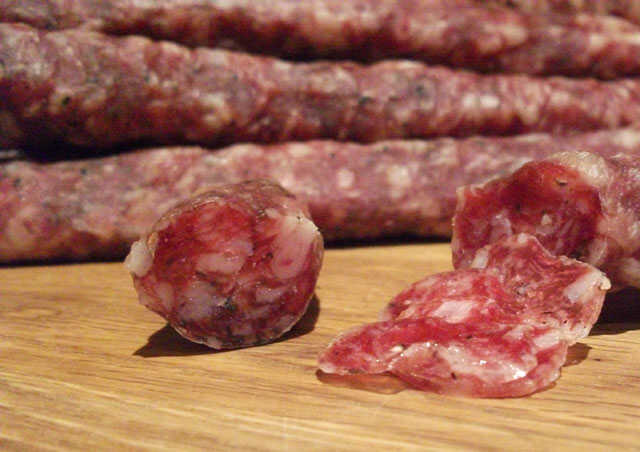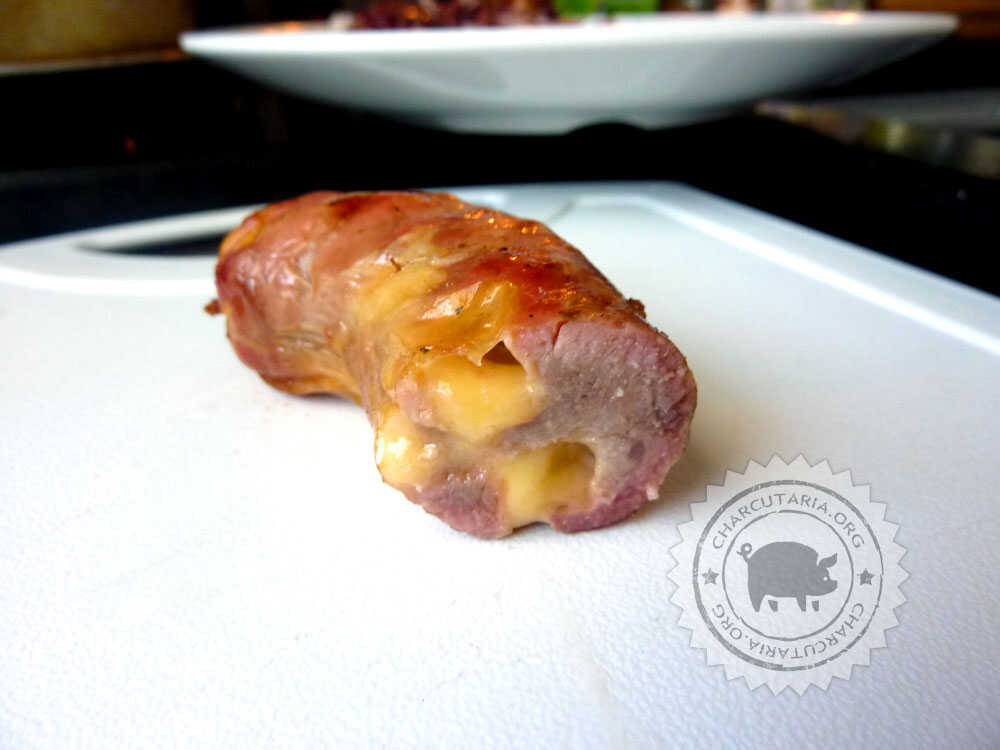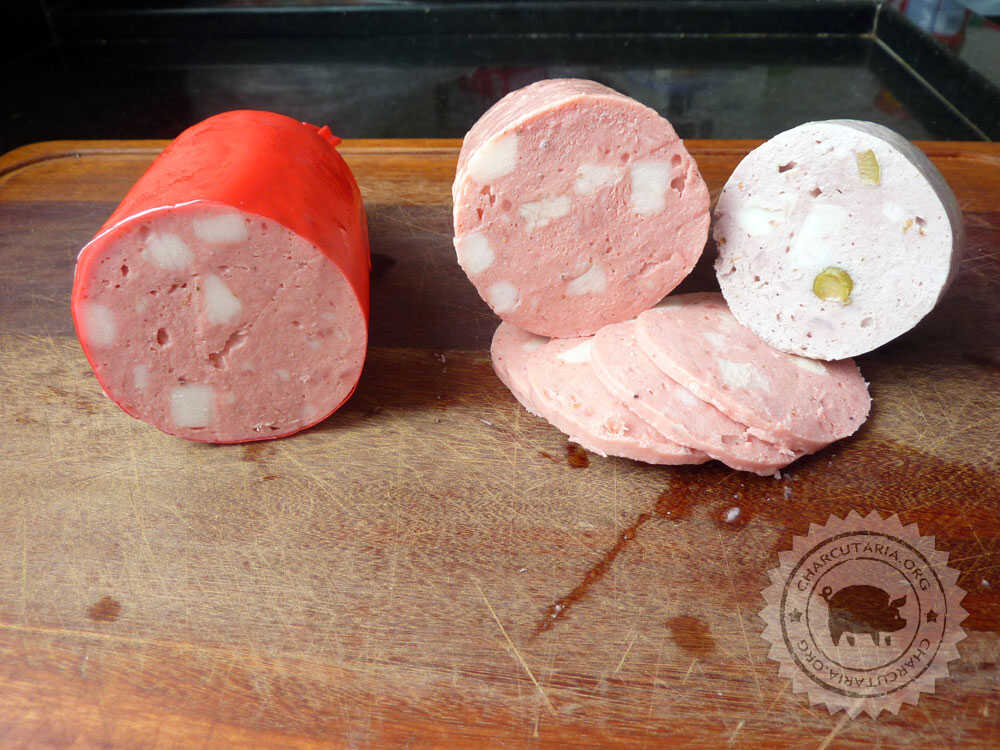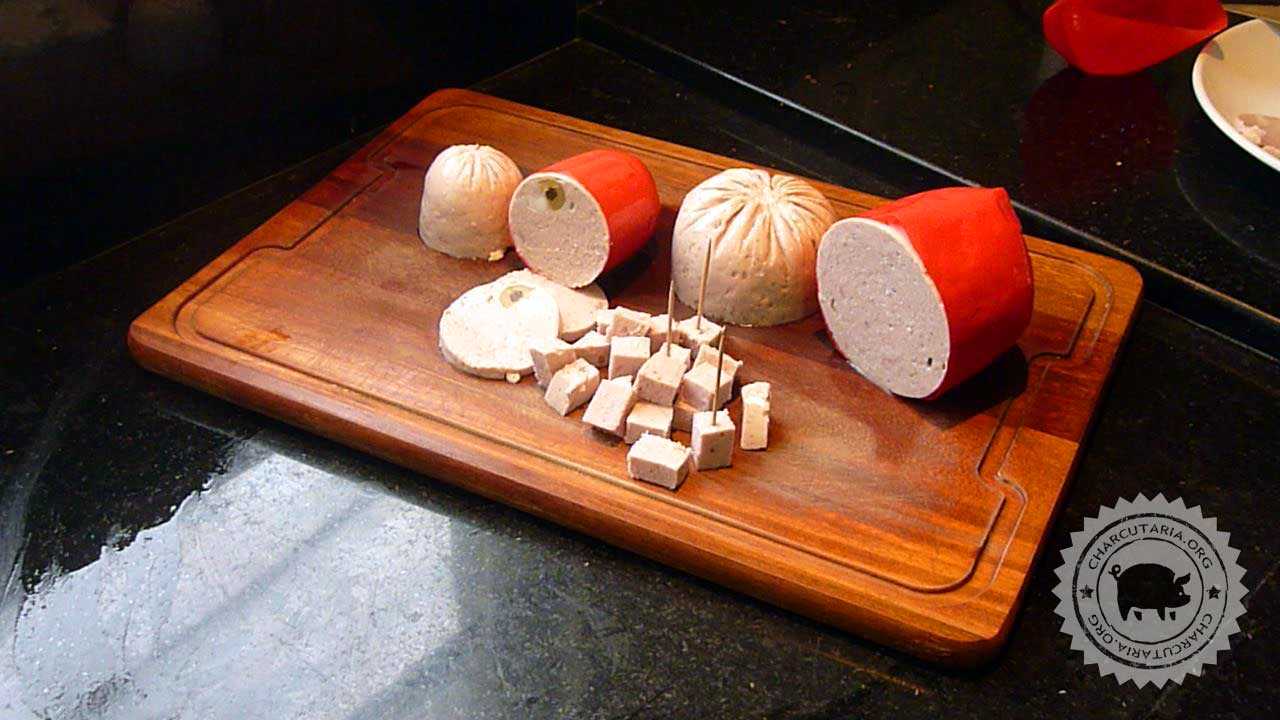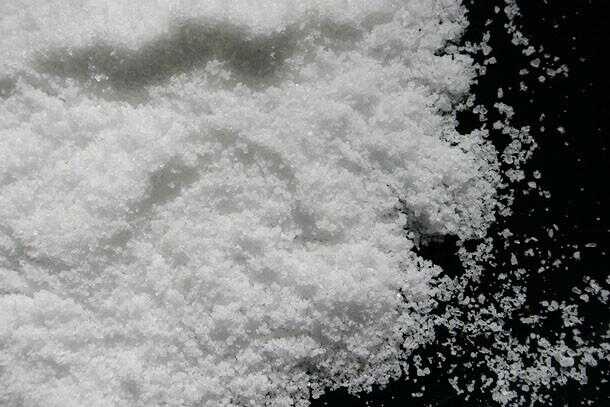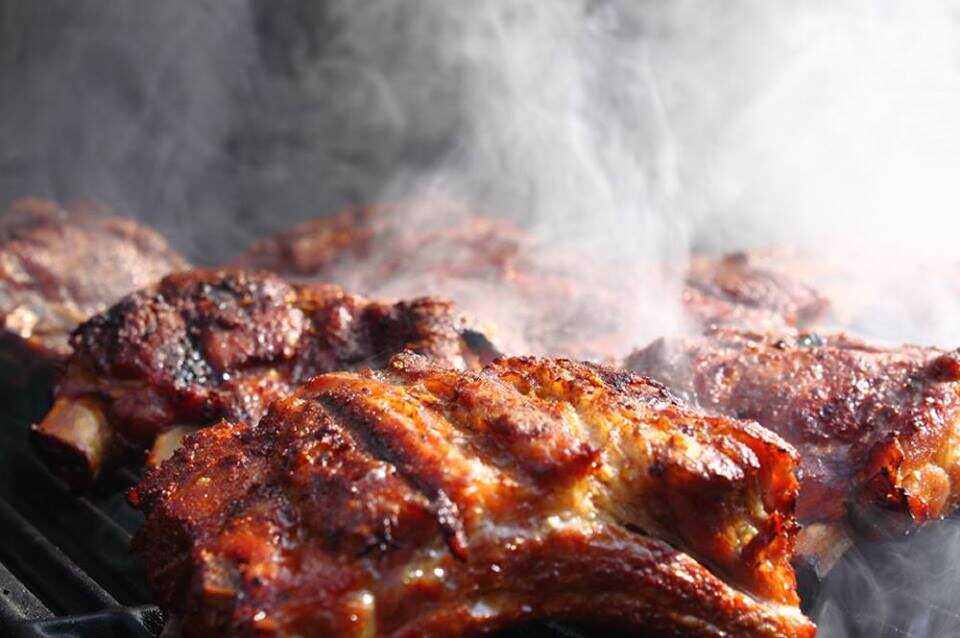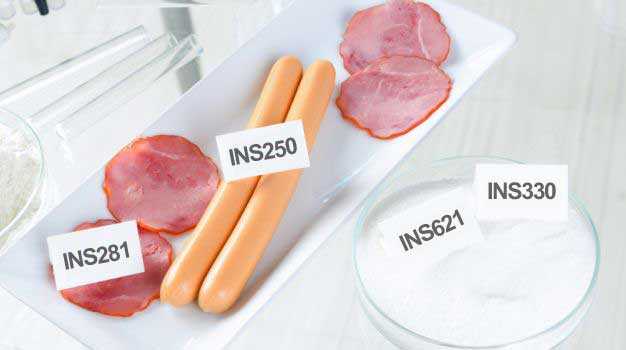
Unfortunately, there is no standard for national additives and some manufacturers fail to provide usage information. If you are in doubt about how much curing salt (preservative/sodium nitrite) or another mix of condiments you purchased, use this calculator to find out the limit established for meat products. Select the type, choose the food additive and see the established limit. It is also possible to calculate the amount of meat used and, if you use a mix of additives and condiments, fill in the percentage of the additive that makes up the mix. If your mix has more than one additive, we recommend using the smallest amount calculated for the additives. Continue reading Calculadora de Aditivos Alimentares




